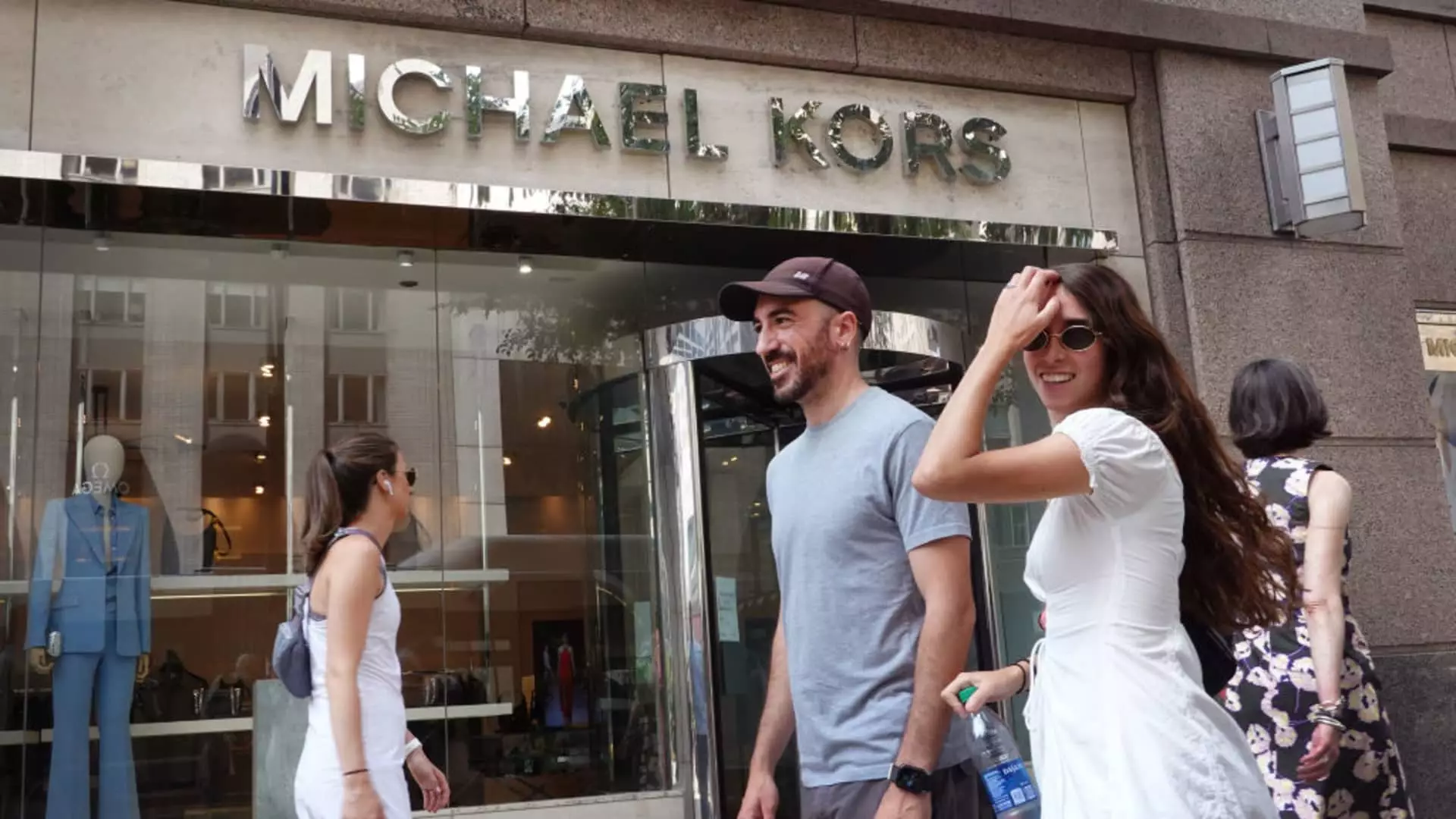The anticipated merger between Capri Holdings and Tapestry, two powerhouses in the luxury fashion sector, has officially been called off due to legal challenges from the Federal Trade Commission (FTC). This turn of events not only highlights the complexities involved in large mergers and acquisitions but also raises questions about the future trajectory of both companies amid changing market dynamics.
The Legal Roadblock: FTC’s Intervention
The FTC’s lawsuit to block the merger stemmed from concerns that the consolidation would stifle competition, potentially harming consumers by limiting choices and increasing prices. The government’s apprehension was further validated when a federal court sided with the FTC, granting a preliminary injunction against the deal. This intervention underscores the regulatory scrutiny that large-scale mergers often attract. Without the backing of antitrust authorities, even the most strategically sound deals can quickly spiral into logistical nightmares. This scrutiny raises an important conversation regarding the balance between market consolidation and competitive fairness, particularly in industries as influential and luxurious as fashion.
Following the termination of the merger agreement, Tapestry and Capri have both voiced their commitment to refocusing on their core business strategies. Capri’s CEO, John Idol, expressed optimism about the company’s potential for growth and innovation despite the setback. With three esteemed brands under its umbrella—Versace, Jimmy Choo, and Michael Kors—Capri plans to double down on restoring the brand value and desirability, particularly for Michael Kors, which has faced significant challenges in recent years.
On the other side, Tapestry’s response reveals a proactive stance. CEO Joanne Crevoiserat stated that the firm has various avenues for growth independent of Capri, and announced a noteworthy $2 billion stock repurchase plan as a strategic redirection of capital. This maneuver not only signals confidence to shareholders but also illustrates a shift in focus towards fostering organic growth rather than through mergers.
The financial implications of the terminated merger are multifaceted. Initially, Wall Street’s appetite for the deal had waned, with analysts expressing skepticism about Tapestry’s valuation of Capri. The market reacted predictably to the unraveling news; Capri’s shares were reported to have plummeted nearly 50% following the court’s initial ruling, while Tapestry saw its stock appreciate by about 10%. These fluctuations reflect investor sentiments regarding the perceived value and future of these brands.
In practical terms, Tapestry’s commitment to reimburse Capri approximately $45 million underscores the financial fallout that accompanies failed mergers. Such monetary considerations are significant for a company like Capri, which is already grappling with declining market performance. This financial impact adds another layer of complexity to how both companies will navigate the future.
Looking ahead, both companies face daunting challenges in their quest for long-term growth. Capri’s strategic initiatives to rejuvenate its brands must address underlying issues related to market appeal and consumer demand. The luxury market is undergoing substantial transformations, influenced by digitalization, shifting consumer preferences, and a growing emphasis on sustainability. Capri’s revitalization efforts will need to resonate with modern consumers who demand authenticity and value.
Conversely, Tapestry’s decision to focus on enhancing its organic growth rather than pursuing further acquisitions will necessitate a keen insight into market trends and consumer behaviors. Innovation and adaptability will be essential for Tapestry to maintain its competitive edge while capitalizing on its existing brand portfolio, including Coach, Kate Spade, and Stuart Weitzman.
The collapse of the Capri-Tapestry merger signifies more than just a missed opportunity for consolidation; it encapsulates the broader challenges facing the luxury fashion sector in today’s evolving marketplace. As both companies recalibrate their strategies in the aftermath of this legal and financial setback, the need for resilience, innovation, and consumer engagement becomes increasingly paramount. The future landscape of luxury fashion will likely be shaped by how these companies navigate their paths forward, making their subsequent moves crucial to their success.

